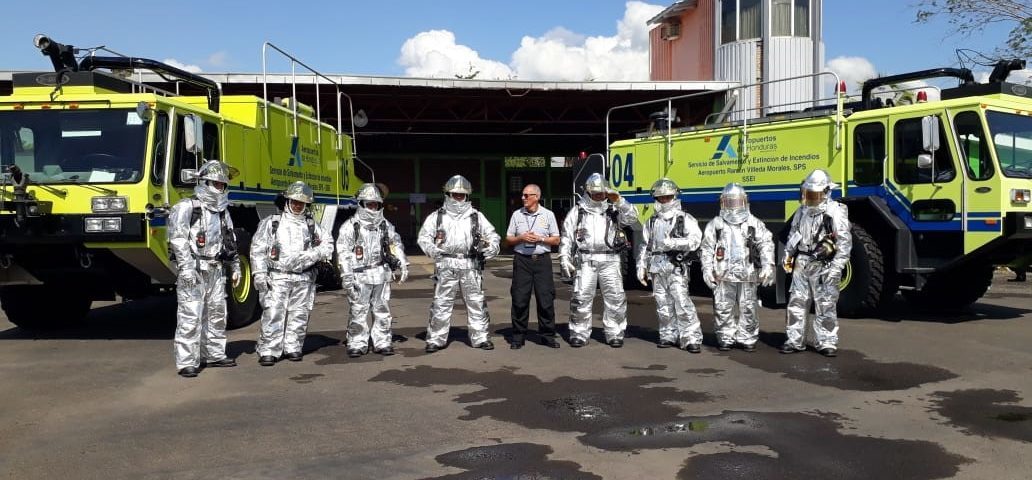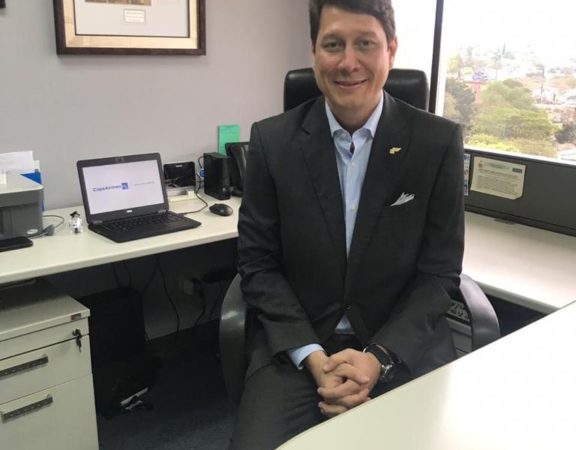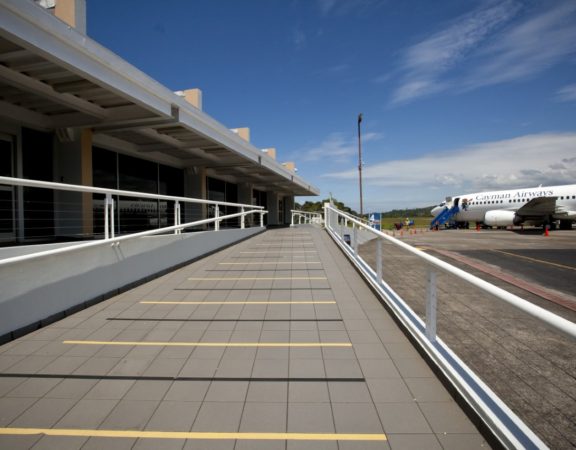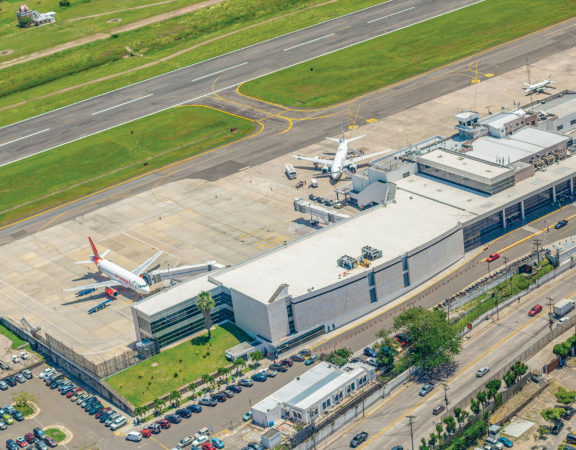Tegucigalpa The Fire Rescue and Extinction Services (SSEI) were equipped with complete breathing equipment and aluminized suits, informed the General Manager of Aeropuertos de Honduras, Edgardo Maradiaga.
A total of 34 sets of breathing sets of the recognized brand Honeywell which comply with the latest safety standards in terms of environments (chemical, biological, radioactive and nuclear) and are certified under the NFPA 2013 standard.
We also delivered 34 complete aluminized approach suits, Honeywell brand, certified with the new NFPS 1971-2018 standards.
This new model of aluminized suits is specially manufactured for aeronautical firefighters which are exposed to large heat radiations such as: aircraft fires and fuel spills.
This equipment complies with the requirements and standards for the performance of a highly qualified tasks in addition to having a design that allows working with a lot of freedom of movement.
“The main purpose of equipping these equipment is that it allows the protection of firefighters when performing operations against fire and rescue, at the time of an incident or plane crash.” Maradiaga said .
The four bodies of airport firefighters are made up of highly specialized professionals, ready to attend any type of emergency that may arise in the four international airports of the country. In addition, they respond to emergencies that may occur in aircraft or airport facilities.
It is a critical environment in which its function is essential, and which requires immediate and efficient action.
The regulations issued by the International Civil Aviation Organization (ICAO) establishes the obligation, in accordance with the category of the aerodrome and the SSEI, to have a service of this type, stipulating the exact number of personnel and necessary equipment (vehicles, water, foam, etc.) Currently the four international airports have nine units against fires, ambulances and boats in the specific case of the Juan Manuel Galvez in the Roatán airport, to attend any incident that may happen at sea. Likewise, two simulations are carried out per airport per year, as well as exercises of displacement of the units in each of the air terminals, to measure response times of up to three minutes in accordance with regulations to be prepared for any incident or accident that may occur





